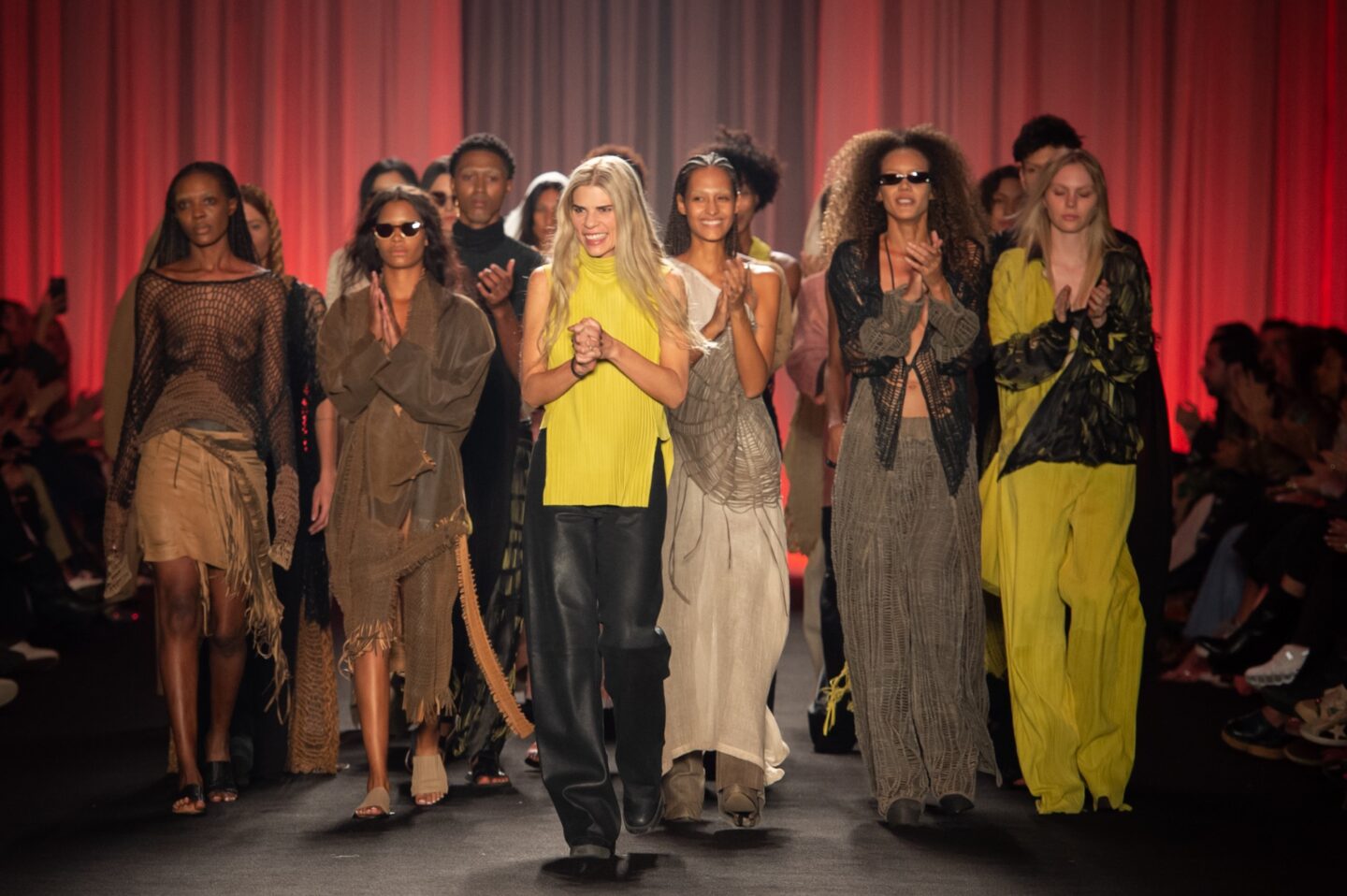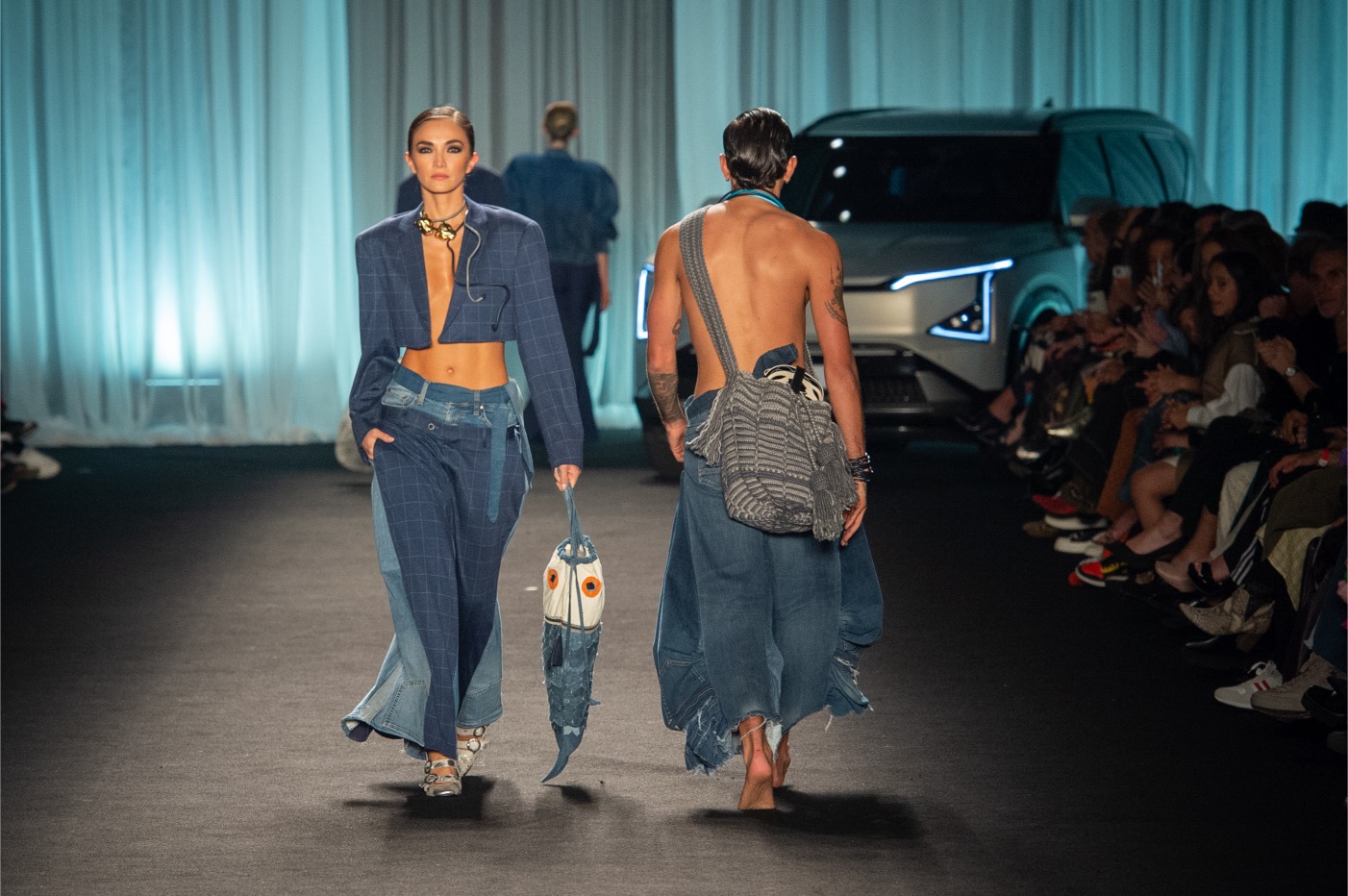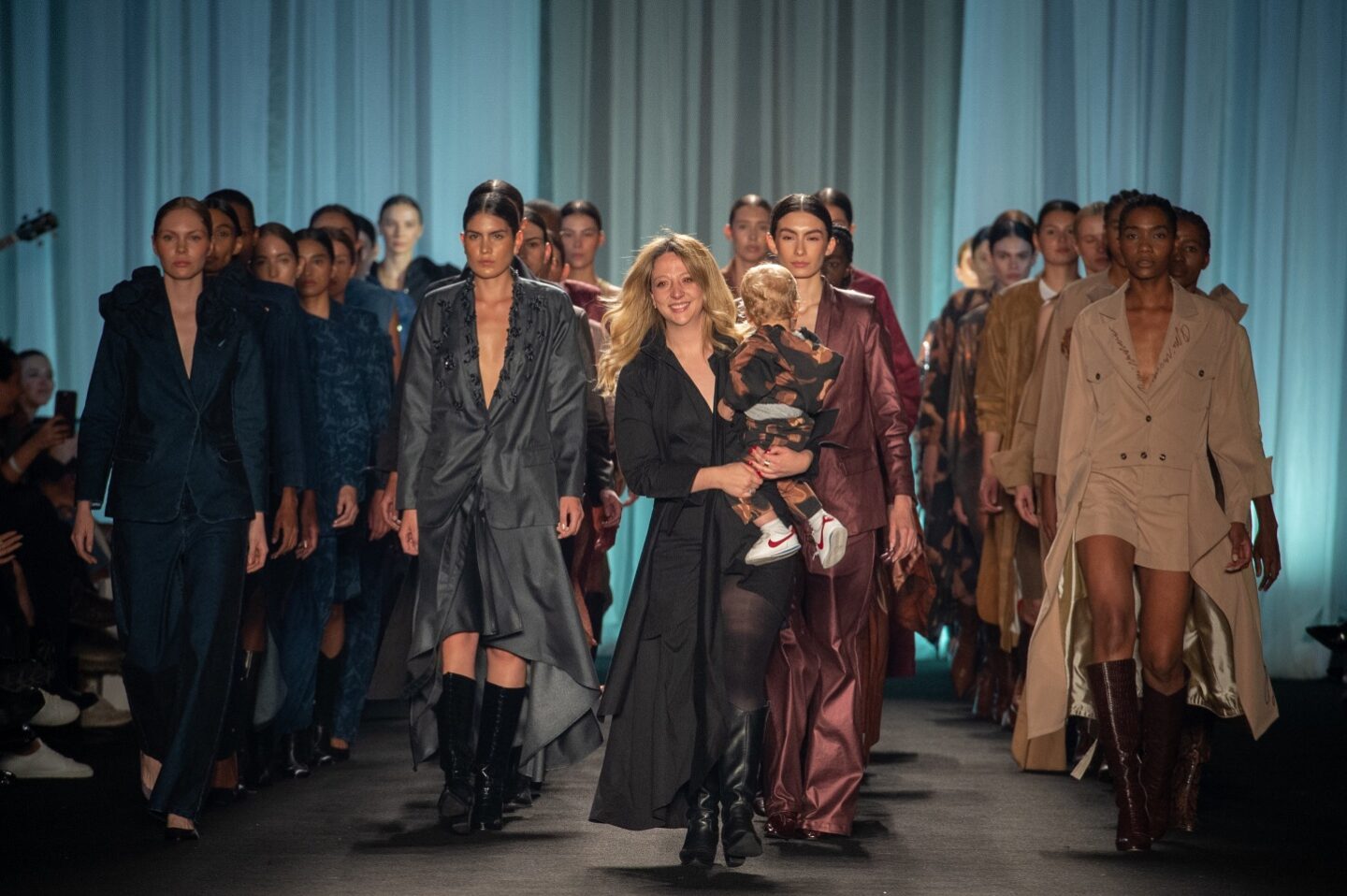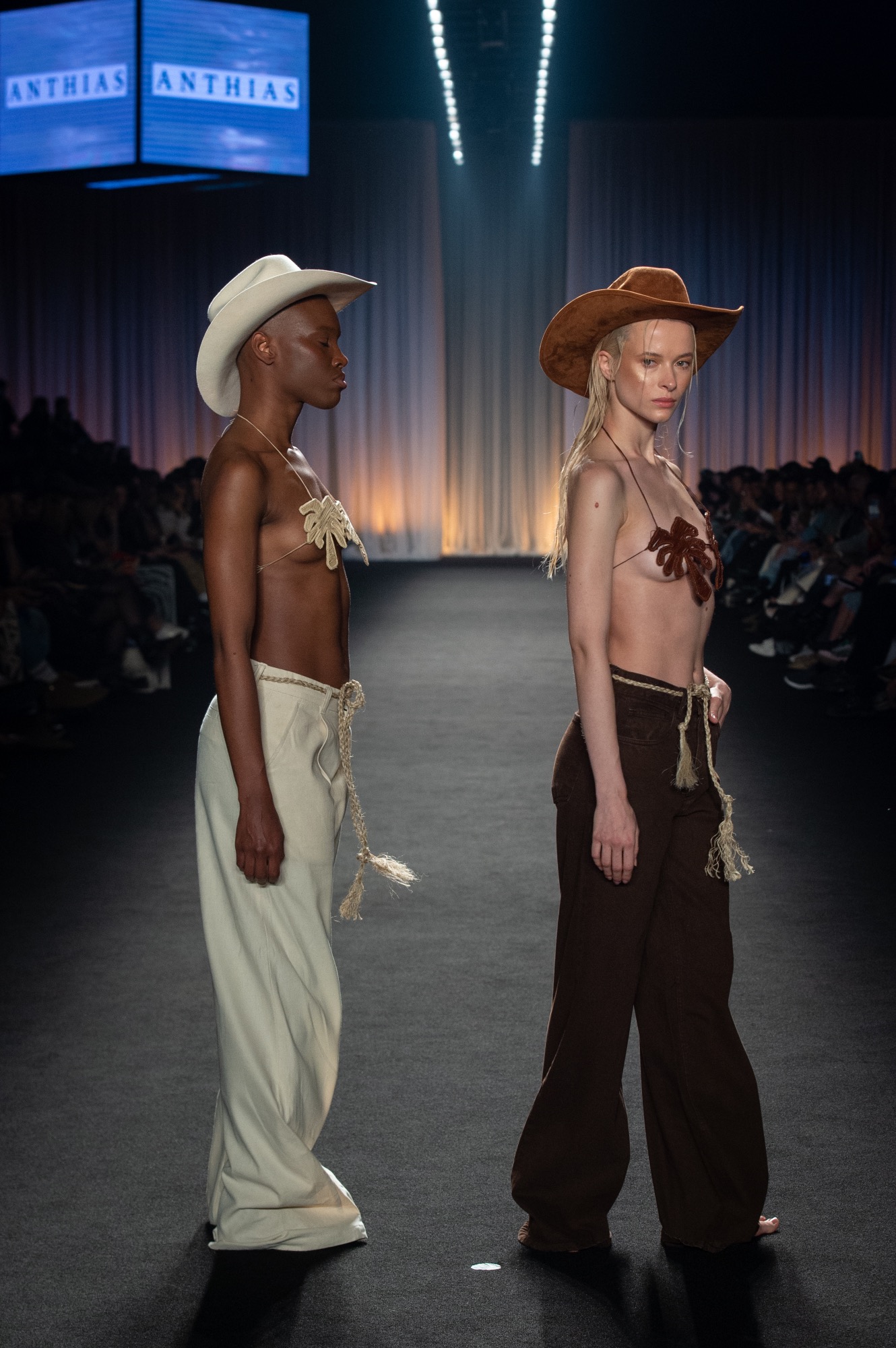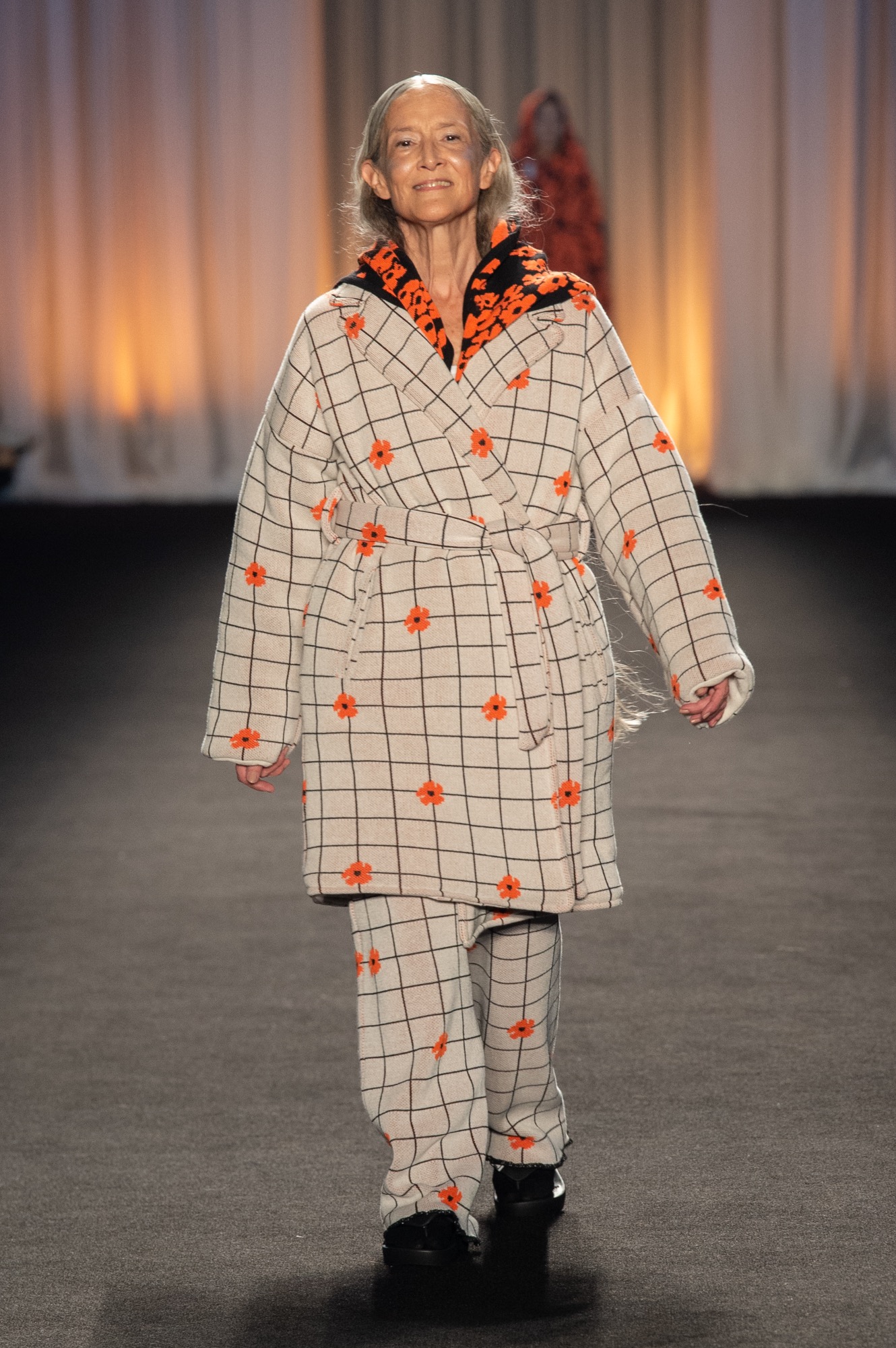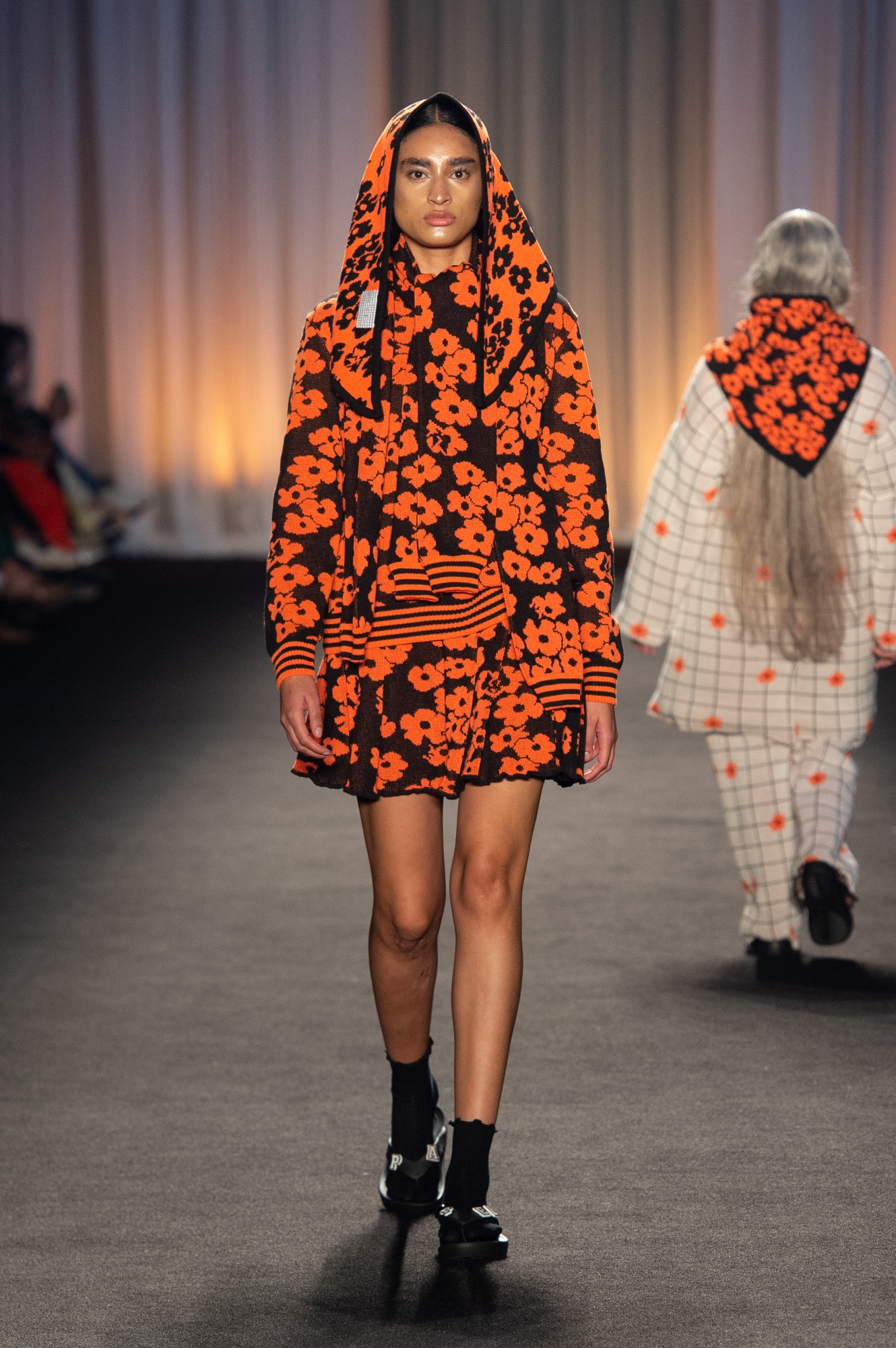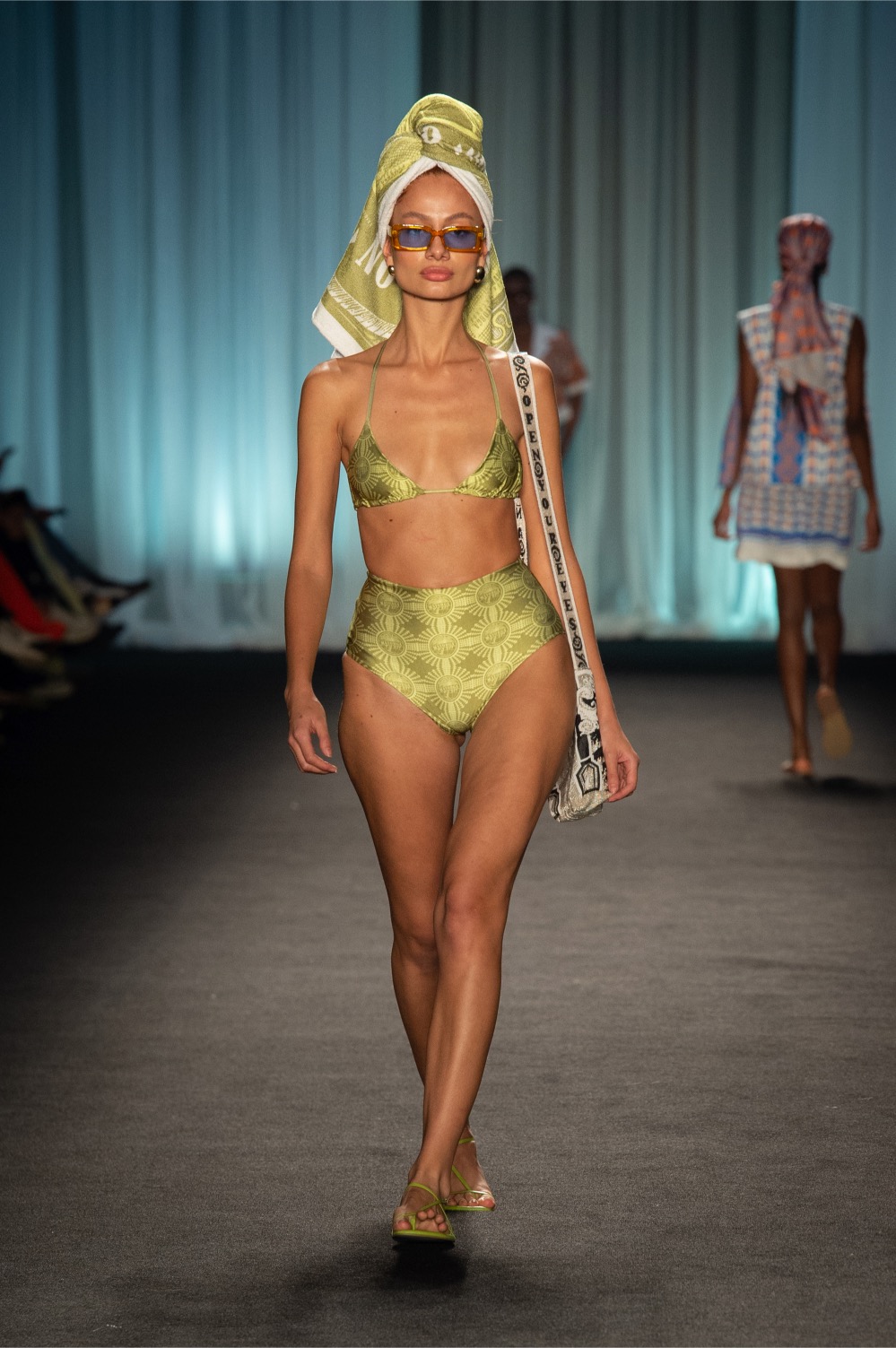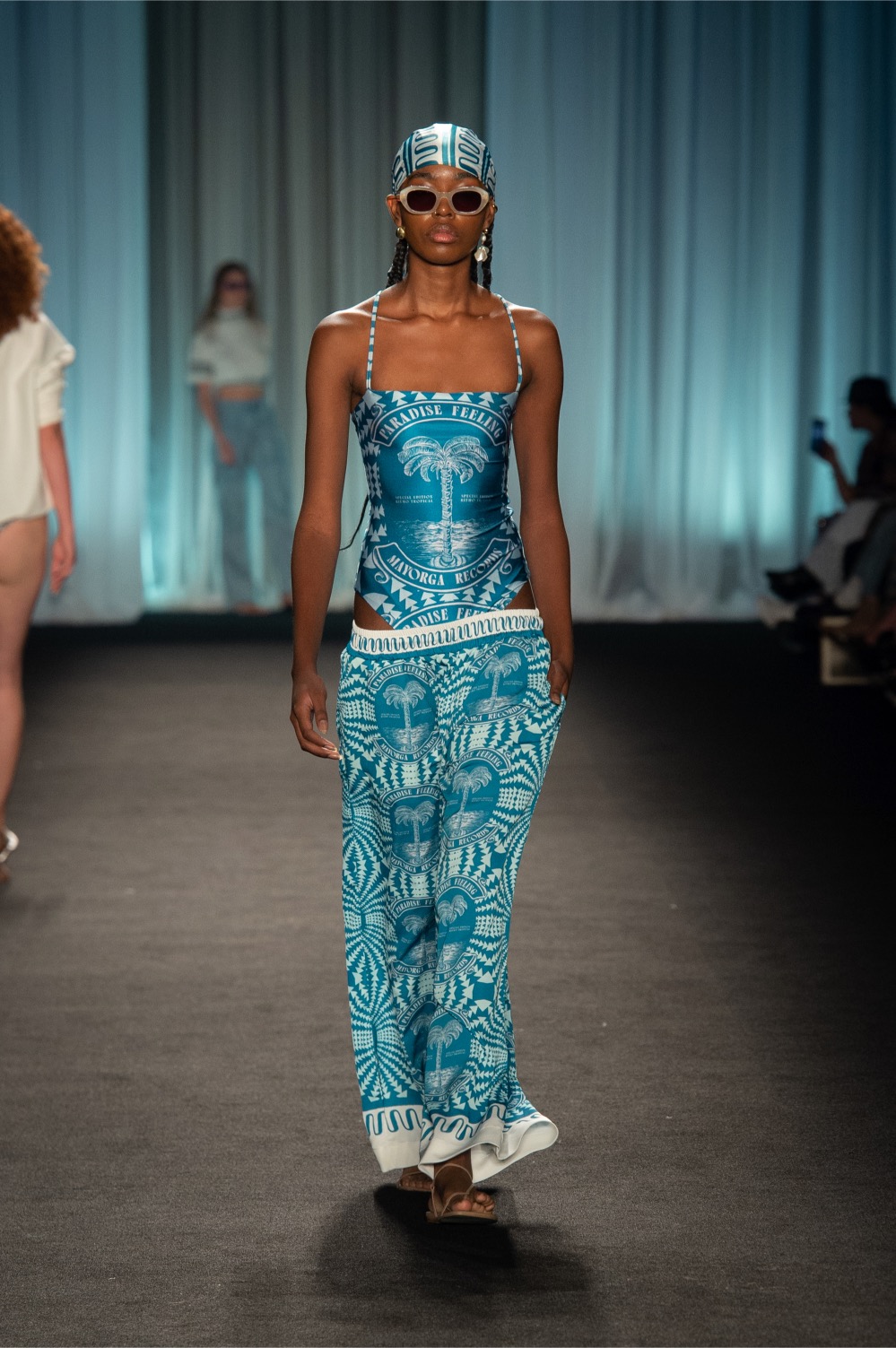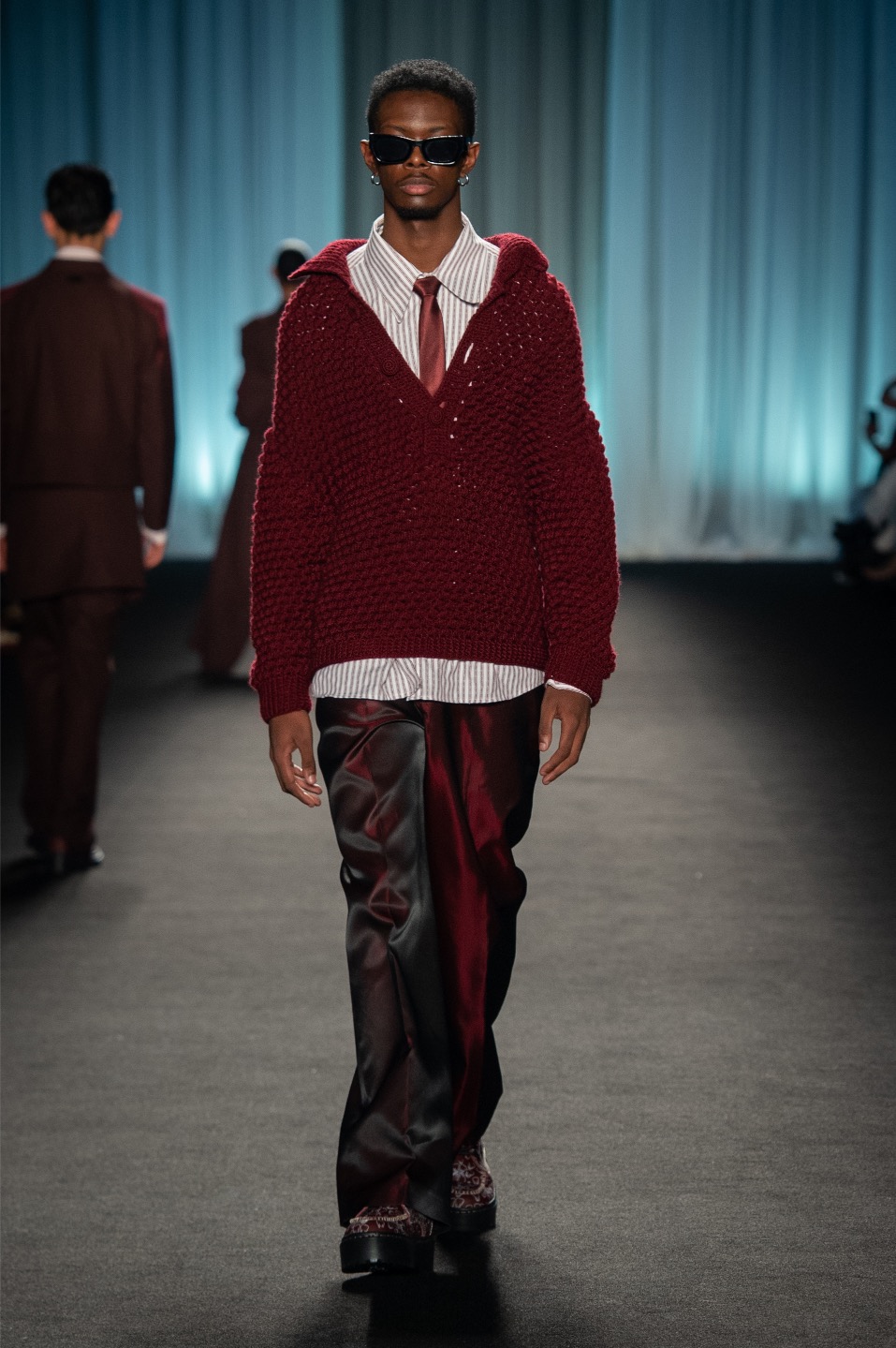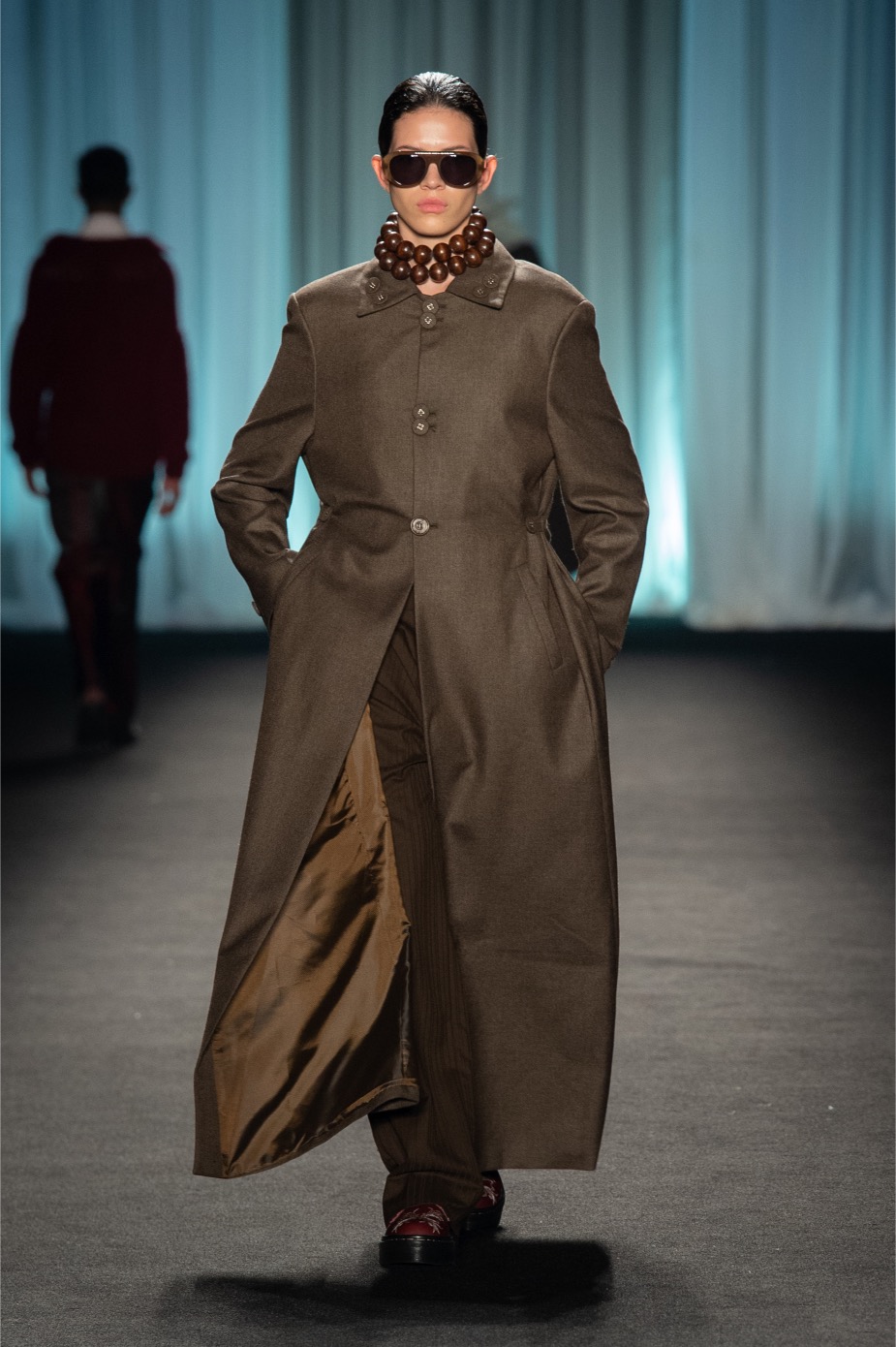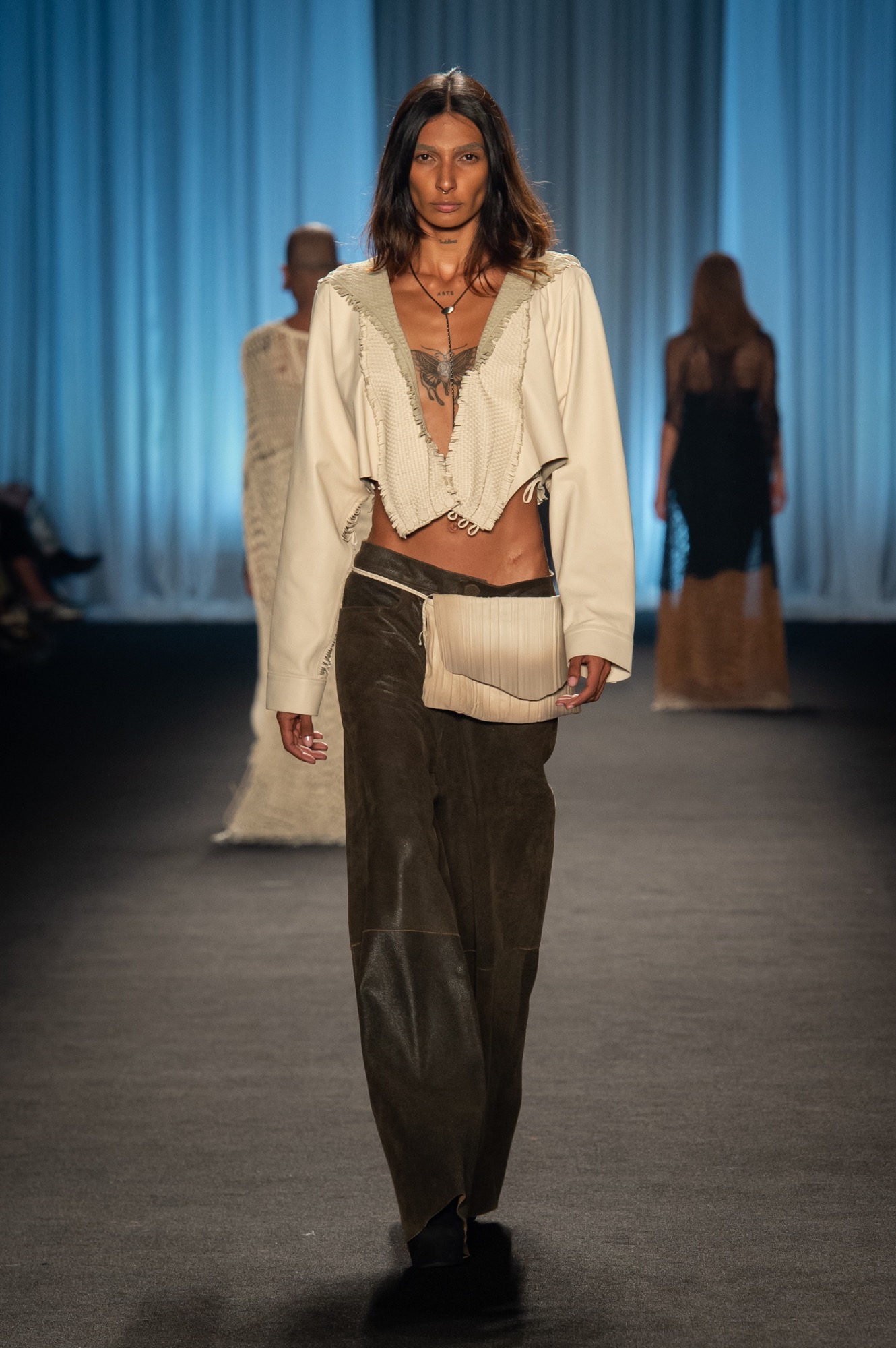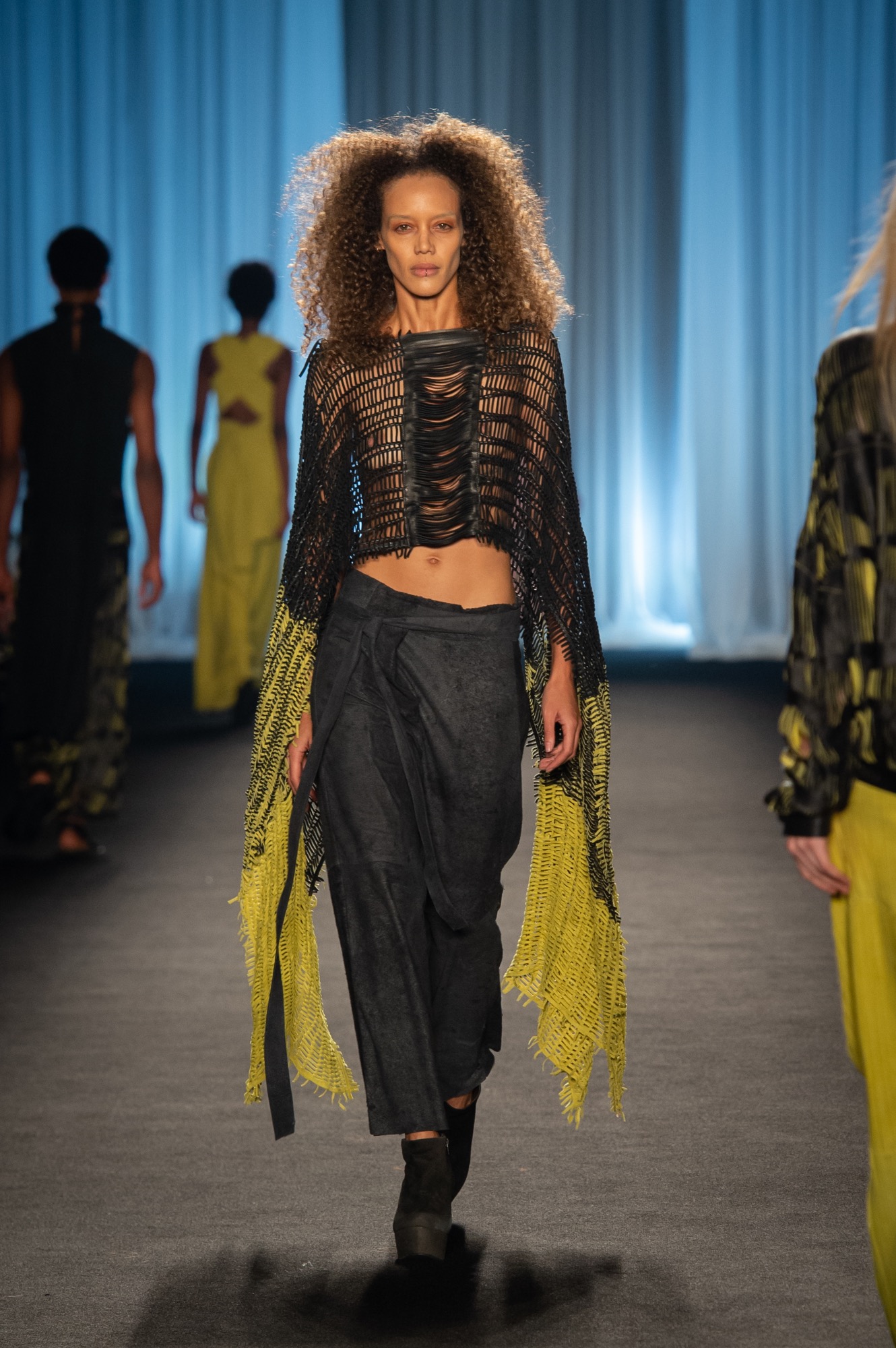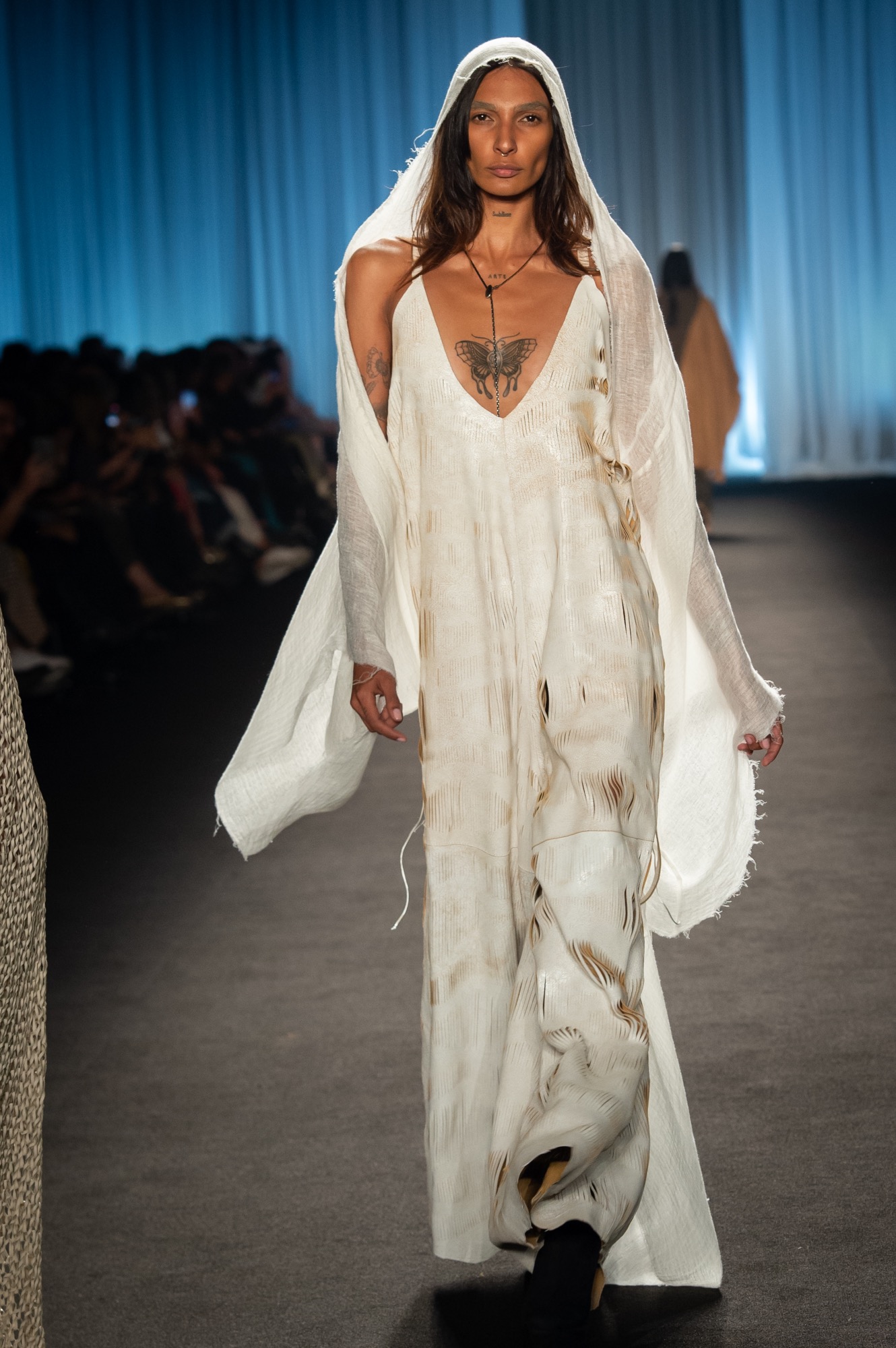Last week concluded the seventh edition of Bogota Fashion Week, an event that has established itself as one of the most promising platforms in the Latin American fashion scene. From May 22 to 24, the Agora Convention Center became the epicenter of fashion in Colombia, hosting the proposals of 110 national brands that had the opportunity to exhibit and sell their creations to more than 80 national and international buyers, as well as media from around the world.
Since its first edition in 2016, Bogota Fashion Week has evolved into one of the main commercial platforms for fashion in Colombia, following the example of events such as Colombiamoda in Medellin. This initiative, supported by the Bogota Chamber of Commerce, has positioned the country’s capital as a key destination for the promotion of international fashion business.
Bogota Fashion Week is not just a runway show, but a comprehensive platform that includes multi-brand stores, wholesale businesses, and a series of talks that address topics such as sustainability, craftsmanship and design, business and experience versus novelty. In short, a very complete calendar that combines profiles of more experienced designers, such as Andrea Landa, Faride Ramos or Alejandro Crocker with others who are taking their first steps in this competitive industry and who, despite being newcomers, are showing signs of success. So it was with the Emerging Collective formed by Anthias, Mayorga, Papel de punto, and especially La Petite Mort Studio, which showed us how tailoring can reinvent itself to connect with a younger generation of customers. Old Maquiina was in charge of ending the second day of fashion week. Still in the market for 12 years, the brand debuted on the catwalk with a show in the neighborhood of La Candelaria that focused on the color purple.
Understanding the importance of education and innovation in such a competitive industry, Bogota Fashion Week offers free and continuous training for participating brands. This year, training areas included product, sales, fashion communication and international marketing processes. In addition, the Bogota Chamber of Commerce, as Maria Paz Gaviria told us in a meeting prior to the start of the event, provides subsidies to the brands, eliminating the need to pay to parade, a very different model to what we are used to seeing in Europe, where brands usually have to pay thousands of euros to have their place in the official calendar. This support allows the constant emergence of new names on the scene, also favoring the consolidation of the event and the industry so that it remains one of the main agents in job creation in the country.
But if there is something that stands out in Colombian fashion is its great respect for craftsmanship and the preservation of its ancestral roots in textile work. We were able to see this in our visits to brands such as Verdi, A New Cross, Cubel or MAZ Manuela Álvarez. Thanks to the approach to artisan and indigenous communities, they find a way to communicate the Colombian essence to the world through respectful co-creation practices and collections that speak in contemporary code.
One of the most outstanding novelties of this 7th edition was the ‘[P U E N T E]’ initiative, which took the catwalk show “El Madrugón” to the Agora Convention Center in Bogota. This space, promoted by consultants such as Pilar Castaño, Ana María Londoño and César Rincón, highlighted the relevance of San Victorino in Colombian fashion. This neighborhood is one of the most unequal in the capital and is where, in the early hours of the morning, wholesale sales of clothing take place. Ten brands were selected to represent San Victorino, characterized by their creativity, quality and brand identity, as well as their export potential. These companies, which generate more than 2 thousand direct and indirect jobs, demonstrated their production capacity, reaching up to 150 thousand units per month. The catwalk focused specifically on denim, a sector that has a certain importance in the country’s economy. In 2024, jeans exports in Colombia reached US$44.7 million, with the United States, Ecuador and Guatemala as the main destinations. Bogota and Antioquia accounted for more than 75% of these exports, highlighting the importance of these regions in the country’s economy.
The 7th edition of Bogota Fashion Week consolidated the Colombian capital as an international benchmark in the industry. Thanks to the support of the Bogota Chamber of Commerce, which works year-round with designers to “minimize gaps in human talent, production processes and internationalization”, the event proved to be an integral platform for the growth and promotion of Colombian fashion, paving the way on the industry’s global stage.
May 2024: Emerging brands to watch this month | Colombia Special
Sigue toda la información de HIGHXTAR desde Facebook, Twitter o Instagram

